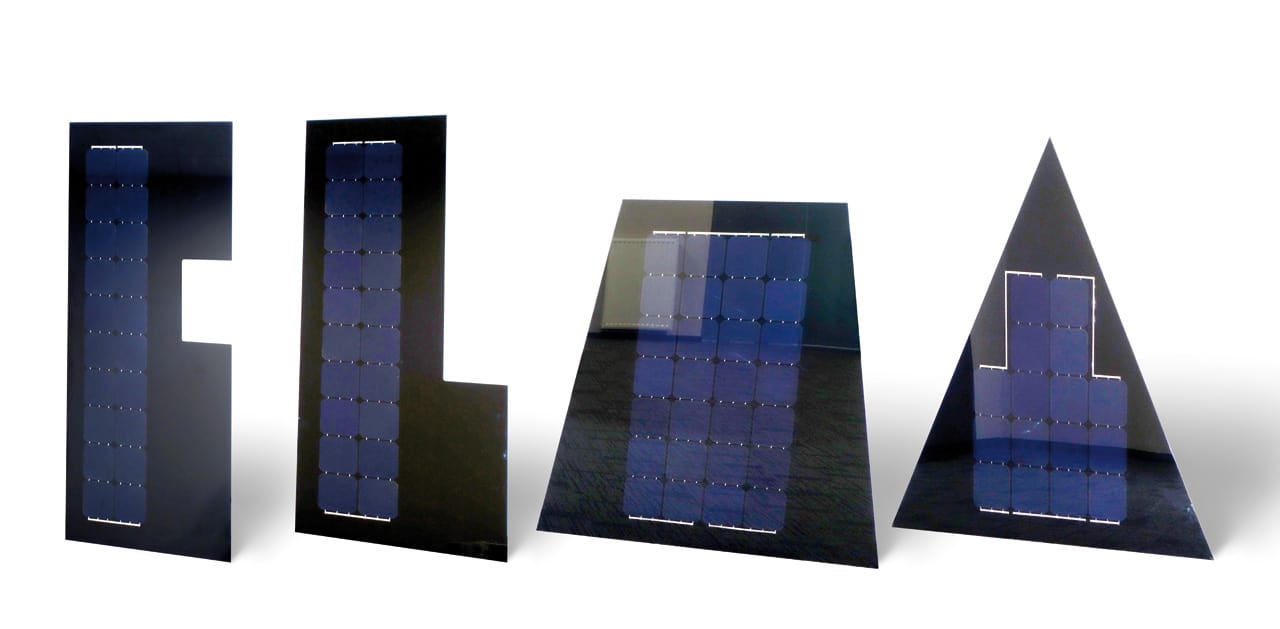BIPV is currently an independent and interdisciplinary field of science and architecture; unfortunately, BIPV systems still form merely 1% of the PV market. The new architecture forming strategies are more attempts at finding the balance between the demands of developing civilisation, technological progress, and environmental protection.
The concept behind BIPV systems is to adapt PV modules to various building applications, primarily as alternatives to traditional construction materials used for building roofs, façades (e.g. roofing, glass façade and roof systems, and façade cladding systems), fronts, curtain wall louvres, skylights, balustrades and specific window joinery panes.
GLASS-TO-GLASS
The essential component of BIPV is the system of glass-to-glass modules. Bonding two glass panes with plastic films produces safety glass, a product that is very popular in civil engineering and architecture, where its applications span partitions, balustrades, canopies, etc. The plastic films used in bonding the glass panes encapsulate the PV cells to protect them from the external factors.
PV integrated glass laminates may comprise any combination of the following glass types
- UNTEMPERED
- TEMPERED
- SEMI-TEMPERED
- STAINED
All BIPV module types are available in various thicknesses and forms, depending on the vision of the architects (to adapt to the installation method and building form).




